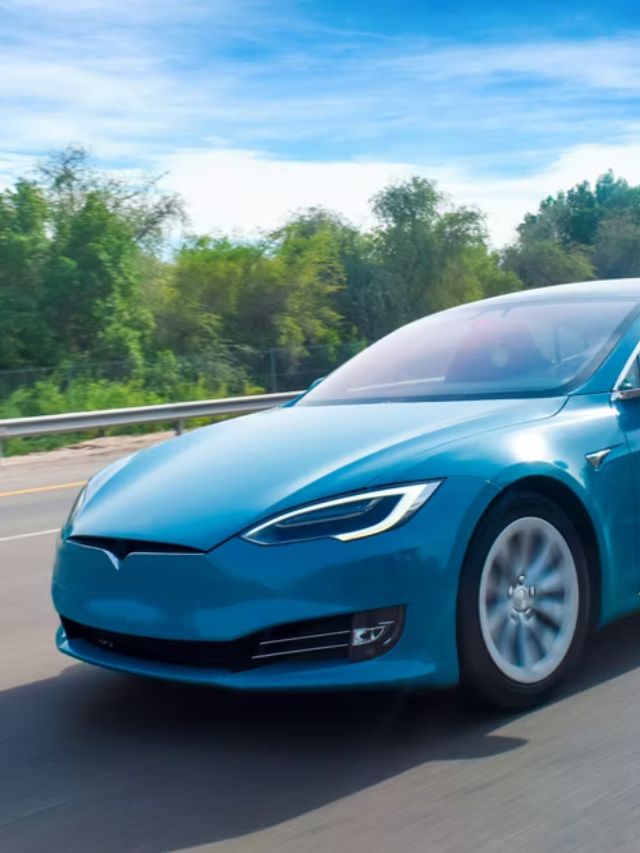Quick Charge Revolution: Tesla Model S Charging Time Slashed by 50%
With revolutionary innovations in electric vehicle (EV) technology, Tesla stands out as a titan in the industry. One remarkable innovation that sets Tesla apart is its impressive charging infrastructure and technology.
Specifically, the charging time of Tesla Model S has been slashed by 50% thanks to advancements in supercharging capabilities, thereby bolstering the appeal of these EVs.
This development fuels the quick charge revolution, transforming the landscape of EV charging as we know it.
The Quick Charge Revolution
Consider a time when electric vehicles took an incredibly long time to charge, rendering them less convenient than their combustion-engine counterparts.
This concern is steadily fading into obscurity with Tesla’s trailblazing technology. The charging time of Tesla Model S, in particular, has been drastically reduced,
such that it now takes only half the time it previously did, thereby enabling faster and more efficient charging experiences for drivers.
This breakthrough is largely credited to Tesla’s Version 3 Superchargers (V3 Superchargers), which work at the colossal power of up to 250 kW.
These chargers don’t just minimize the charging time but also possess a better thermal tolerance, which prolongs the battery life without compromising the efficiency and health of the battery.
How Fast is the Charging Time of Tesla Model S?
With the updated Supercharger V3, the charging time of Tesla Model S can drop to an unbelievable twenty-minutes from zero to 80%, under ideal conditions.
This is nearly twice as fast as the Supercharger V2, that would require approximately 40 minutes for the same. Consequently, Tesla Model S owners can gain up to 75 miles of range in just 5 minutes.
It’s interesting to note that Tesla’s V3 Supercharging stations maximize the peak charging rate by using a new feature known as “On-Route Battery Warmup.”
This feature heats the car’s battery to the optimal temperature for charging while the driver is en route to the Supercharging station, thereby reducing the frequency of charging slowdowns.
Understanding Charging Speed Factors
There are a myriad of factors affecting the charging time of Tesla Model S. These include:
- Battery Size: Tesla Model S comes with battery capacities of 75 kWh, 85 kWh, and 100 kWh, with the charging time increasing with the size of the battery.
- Initial State of Charge: The lower the starting state of charge, the faster the battery charges initially.
- Battery Temperature: Optimal charging temperatures usually hover around 20-30 degrees Celsius.
- Charging Equipment: The type and power output of the charging station plays a crucial role in the charging speed.
Factors to Enhance Charging Time of Tesla Model S
To shorten the charging time, Tesla Model S owners can:
- Try to initiate charging when the battery’s state of charge is low.
- Make sure the battery temperature is within the optimal range. This can be ensured by pre-conditioning the battery before charging.
- Use Supercharger V3 stations whenever possible.
- Regularly update the car’s software to make the most of Tesla’s performance enhancements.
- Limit battery charging to 80% for daily use, only charging to 100% for longer trips.
FAQs about Charging Time of Tesla Model S
- Q: What Is the maximum range of Tesla Model S?A: The maximum range varies depending on the model variant, with the latest Model S Long Range offering up to 396 miles on a single charge.
- Q: What is the max charging rate of Tesla Supercharger V3?A: The max charging rate of the Supercharger V3 station is 250 kW.
- Q: How often do I need to update my car’s software?A: Tesla regularly releases over-the-air updates to improve car functionality, including charging efficiency. Owners should check for updates monthly.
- Q: Where can I find a Supercharger V3 station?A: Supercharger V3 locations are marked on the car’s navigation system.
- Q: How can I pre-condition the battery before charging?A: Tesla’s “On-Route Battery Warmup” feature automatically conditions the battery when the driver is en route to the Supercharging station.
- Q: Is it safe to regularly charge the battery to 100%?A: Regularly charging to 100% can negatively impact battery longevity. Tesla recommends charging to about 80% for daily use.
Conclusion
The substantial reduction in the charging time of Tesla Model S with the deployment of V3 Superchargers marks a significant milestone in the EV industry.
It not only ensures efficiency and convenience but also fosters widespread adoption of electric vehicles.
Tesla’s quick charge revolution is undoubtedly propelling the shift towards a more sustainable and convenient mode of transportation, boldly leading us into the future of automotive technology.



